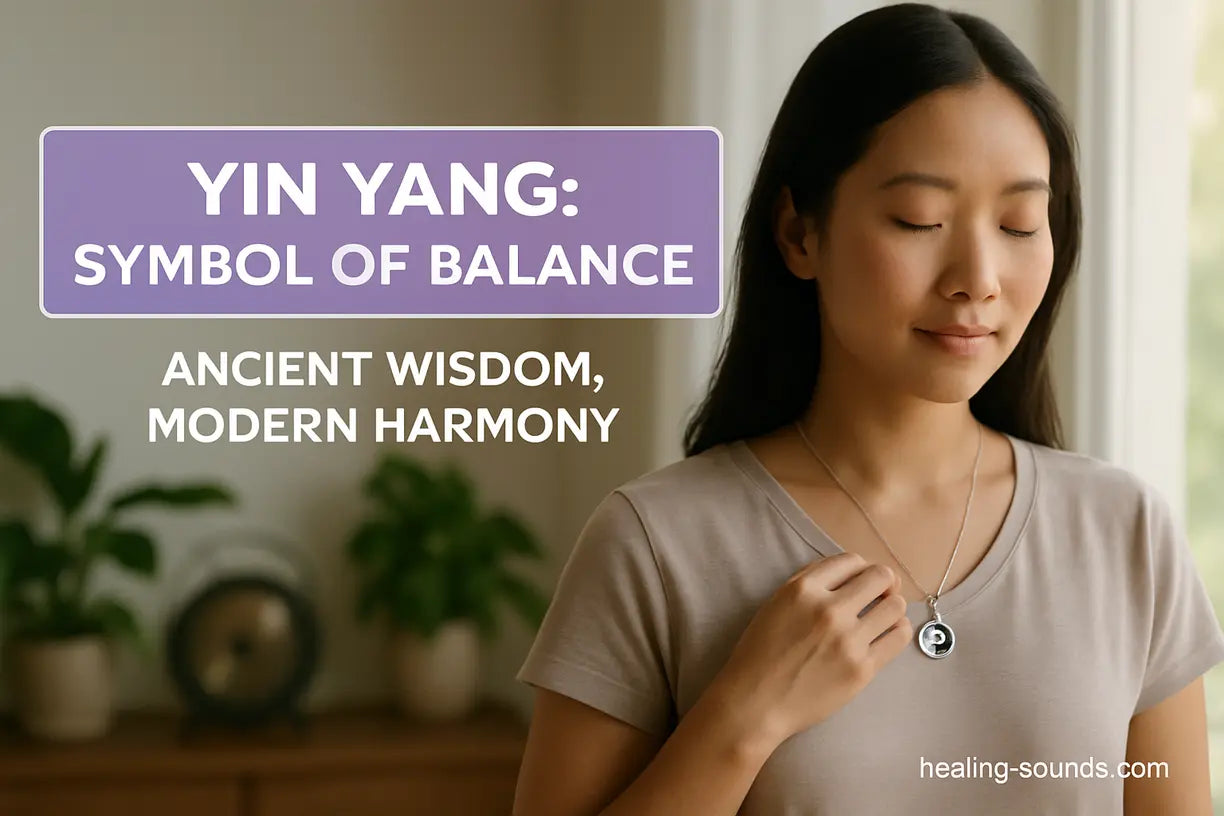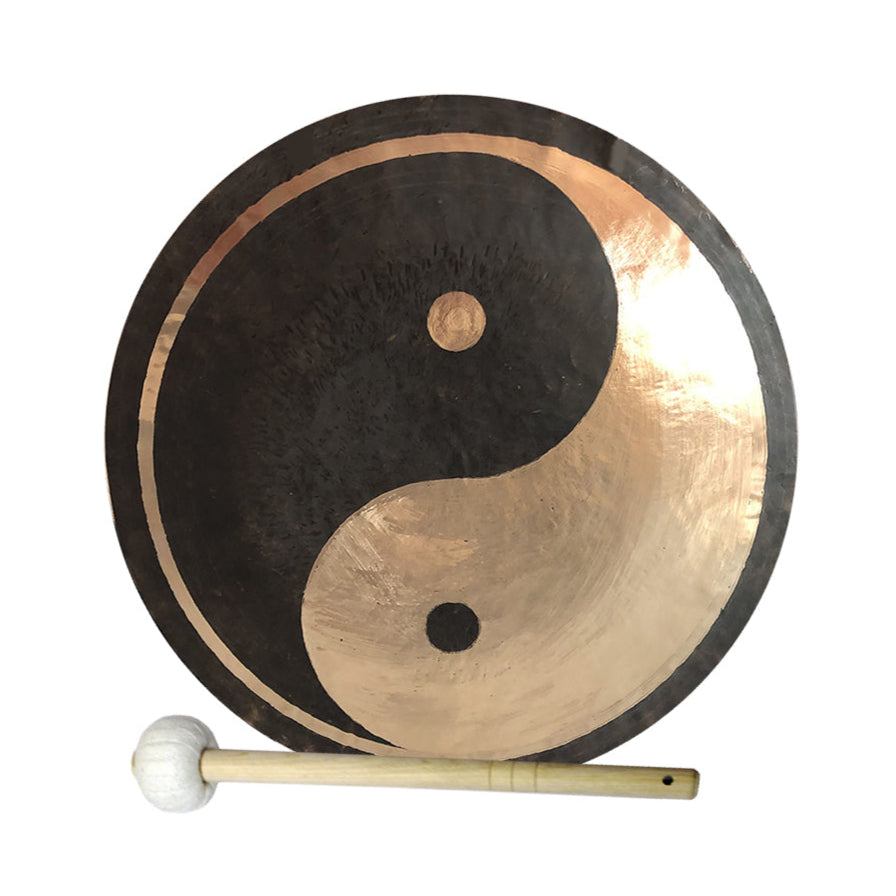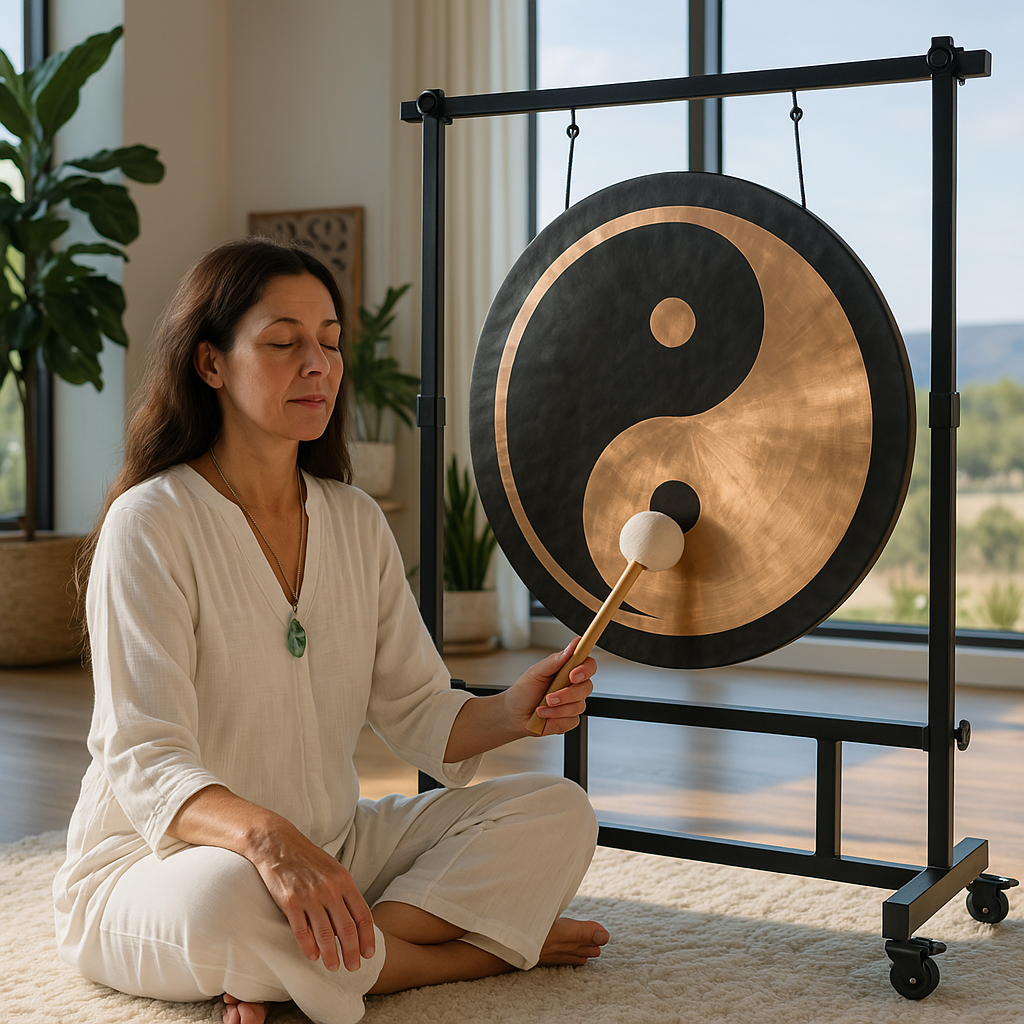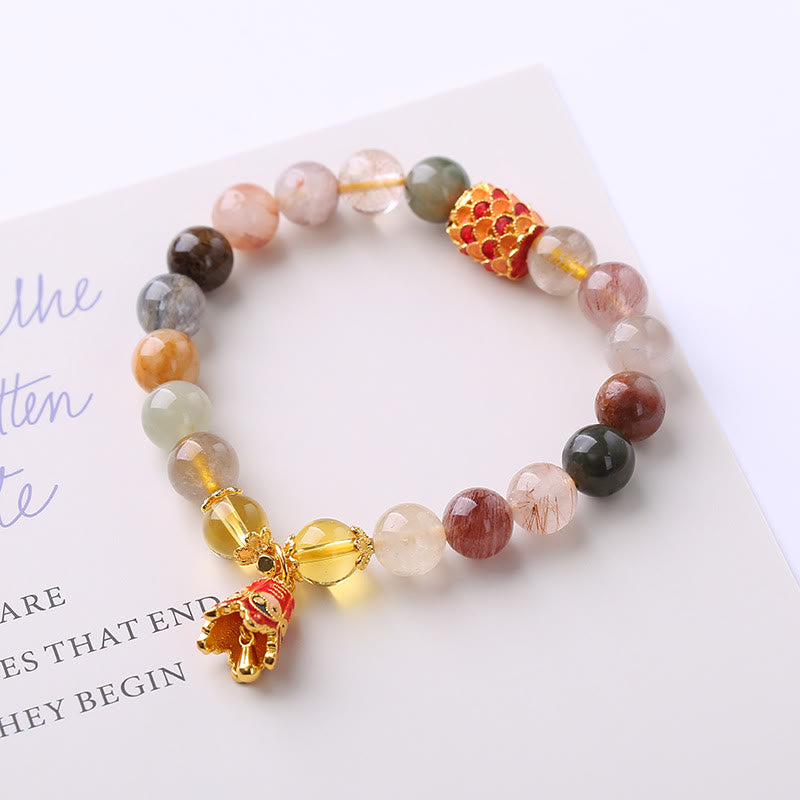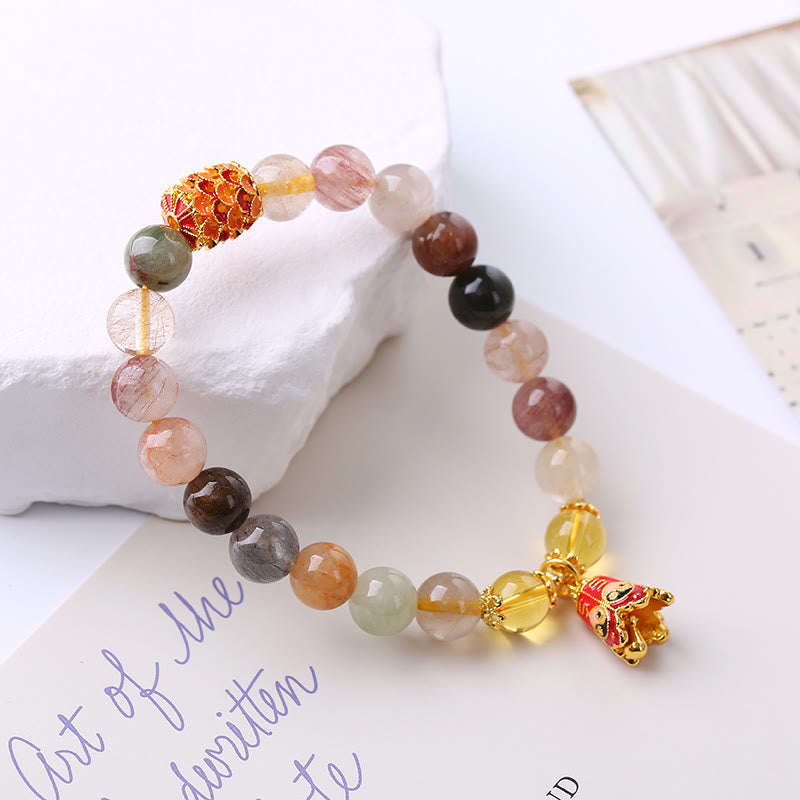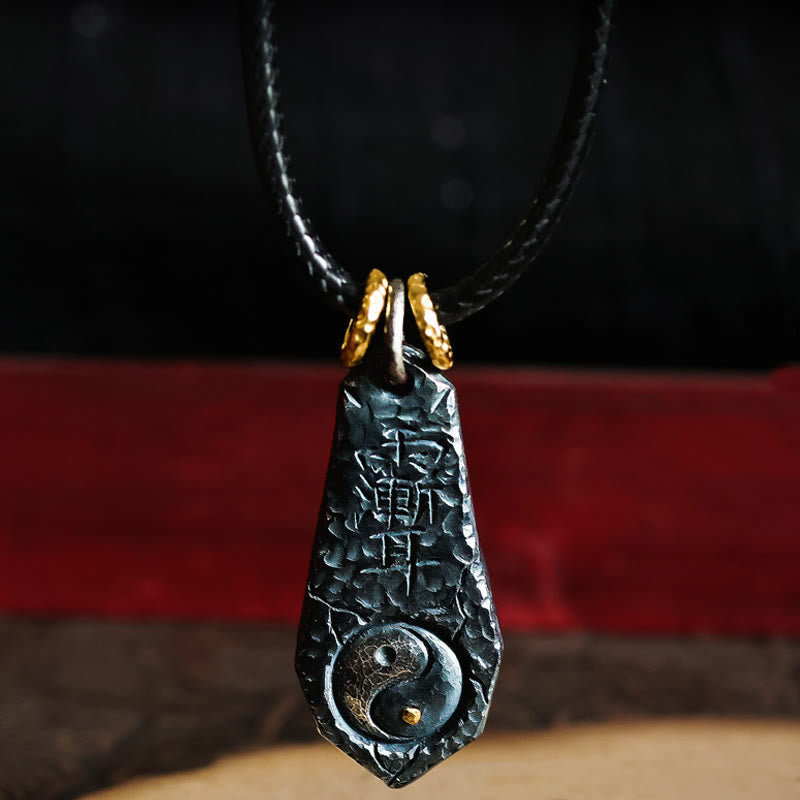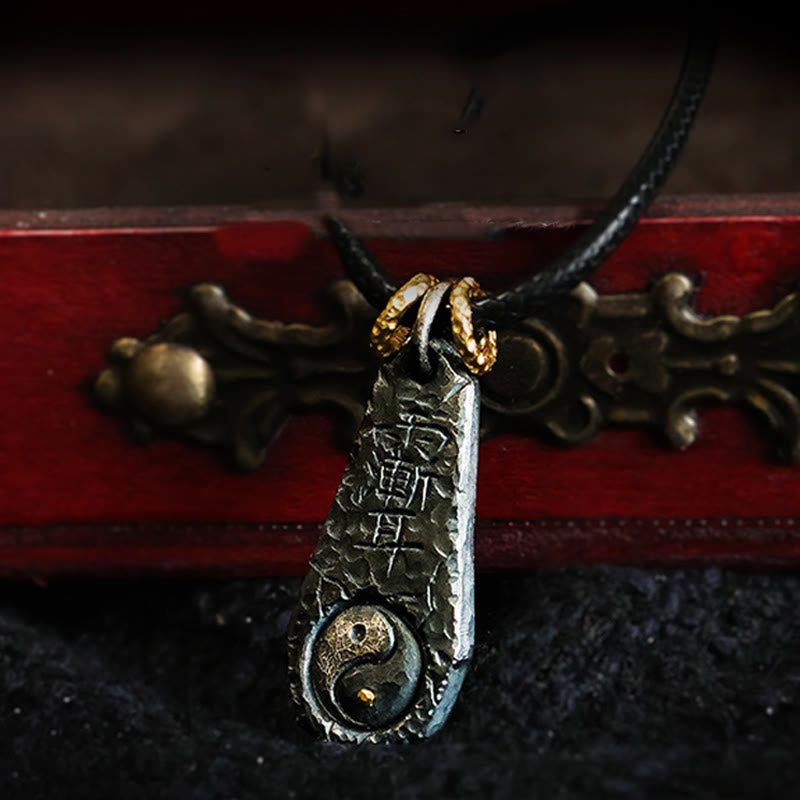In our quest for a more balanced and meaningful existence, we often turn to ancient wisdom. Few symbols are as universally recognized or as profoundly simple as the yin yang. You've seen it everywhere, from jewelry to art, but what is the true yin yang meaning? It represents far more than just a cool design; it's a deep philosophical concept that offers a powerful roadmap to achieving harmony in your everyday life. This guide will explore the ancient origins, core principles, and practical applications of yin and yang, helping you unlock a more centered and peaceful state of being.
The yin yang symbol, also known as the Taijitu, is a visual representation of a core belief in Taoism: the idea that the universe is composed of complementary, interconnected forces. It teaches us that seemingly opposite elements are actually part of a greater whole, each containing the seed of the other and flowing in a continuous, dynamic cycle.
What is the Meaning of Yin and Yang?
At its heart, the meaning of yin and yang is about dualism and balance. It illustrates that everything in the universe consists of two opposing yet complementary forces. It's not a struggle between good and evil, but a dance of harmony. One force cannot exist without the other; there is no light without darkness, no warmth without cold, and no movement without stillness. The symbol beautifully captures this interdependence, showing how two distinct energies come together to form a balanced, complete whole. Understanding this concept is the first step toward applying it to find equilibrium in your own life.
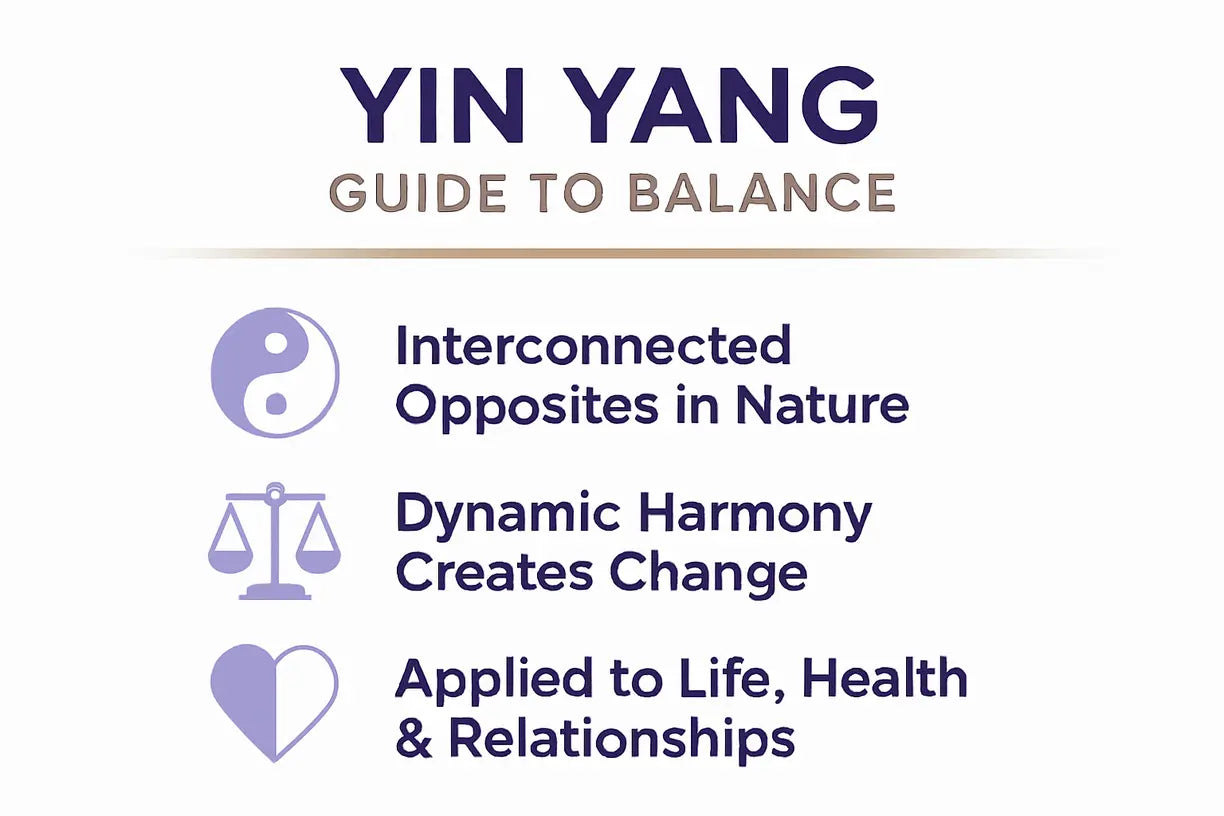
The Core Principles of Yin Yang Philosophy
To truly grasp the concept, it's essential to understand its foundational principles. These ideas reveal the dynamic and intricate nature of this ancient symbol and its relevance to our world.
Interconnected Opposites
The most fundamental principle is that yin and yang are inseparable. They are the two sides of the same coin. For example, day (yang) gives way to night (yin), and this cycle is constant and necessary. You cannot have one without the experience of the other. This principle encourages us to see the connections between the different phases of our lives, recognizing that periods of rest are just as crucial as periods of activity.
Dynamic Harmony and Balance
The boundary between yin and yang is not a straight line but a flowing S-curve, signifying that their relationship is in constant motion. Life is not about achieving a static, perfect balance but about navigating the continuous flow between these two energies. Furthermore, the small dots within each half—a black dot in the white area and a white dot in the black—symbolize that each force contains the seed of the other. Even in the brightest day, the potential for night exists, and within the darkest moment, there is a glimmer of light.
Everything Contains Both Yin and Yang
No person, object, or idea is ever 100% yin or 100% yang. Instead, everything is a unique blend of these two energies. A quiet, introspective person might have a dominant yin energy, but they still possess yang qualities like logic and action. A high-energy athlete, predominantly yang, still needs yin aspects like rest and recovery. Recognizing this helps us appreciate the complexity in ourselves and others, moving beyond rigid labels.
Deconstructing the Symbol: Yin vs. Yang
To apply these principles, it helps to understand the specific qualities associated with each force. Remember, these are not value judgments—one is not better than the other. They are simply different energetic expressions that are both essential for a complete universe.
- Yin Qualities (The Black Area): Associated with darkness, passivity, femininity, intuition, cold, softness, stillness, and downward or inward motion. Think of the quiet of the night, the gentle flow of water, or the restorative power of sleep.
- Yang Qualities (The White Area): Associated with light, activity, masculinity, logic, heat, hardness, movement, and upward or outward motion. Think of the bright sun, the strength of a mountain, or the energy of a new day beginning.
How to Apply Yin Yang Principles in Your Daily Life
Understanding the philosophy is enlightening, but its true power is unlocked when you integrate it into your daily routines. Bringing conscious balance to your life can reduce stress, improve relationships, and foster a deeper sense of well-being.
Achieving Balance in Wellness
Consider your daily routine. Is it overwhelmingly active and stressful (too much yang)? You can introduce more yin by scheduling time for meditation, gentle stretching, or simply quiet reflection. Conversely, if you feel stagnant or unmotivated (too much yin), you can boost your yang energy with vigorous exercise, setting ambitious goals, or tackling a new project. The key is to listen to your body and mind and provide the complementary energy it needs.
Integrating Symbolic Reminders
Sometimes, a physical object can serve as a powerful anchor for our intentions. Keeping the yin yang symbol nearby can be a constant, gentle reminder to seek balance throughout your day. Whether you're journaling about your feelings, navigating a challenging conversation, or simply taking a moment to breathe, a symbolic reminder can help you stay centered on the path of harmony.

Wearable Reminders of Harmony
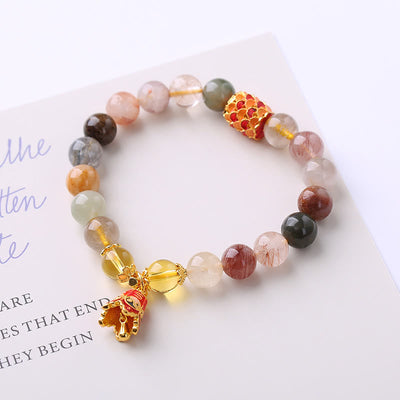
5.5-6.3 inch Rutilated Quartz Yin Yang Balance Bracelet
$27.90
$39.90
Carry the essence of yin yang everywhere—this bracelet encourages harmony and energetic balance daily. Learn more ➔
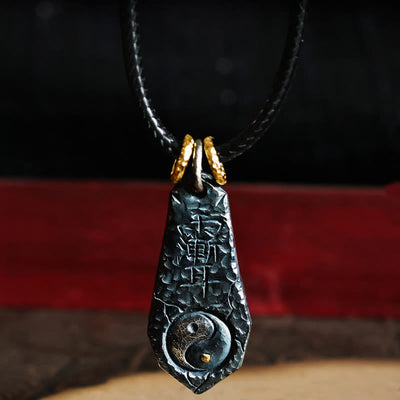
999 Sterling Silver Yin Yang Harmony Necklace Pendant
$399.90
$549.90
Embody universal balance with this elegant silver Yin Yang necklace—a meaningful symbol for spiritual seekers. Learn more ➔
Sound Healing and the Power of Yin Yang
Sound healing is a practice that perfectly embodies the principles of yin and yang. A tool like a gong can produce a vast spectrum of sounds, from deep, resonant tones that encourage stillness and introspection (yin) to powerful, crashing waves of sound that are energizing and expansive (yang). A sound bath session often guides a listener through this entire spectrum, helping to clear energetic blockages and restore a sense of inner equilibrium. The Yin Yang gong, in particular, serves as a focal point for this intention, symbolizing the journey toward wholeness through vibration.
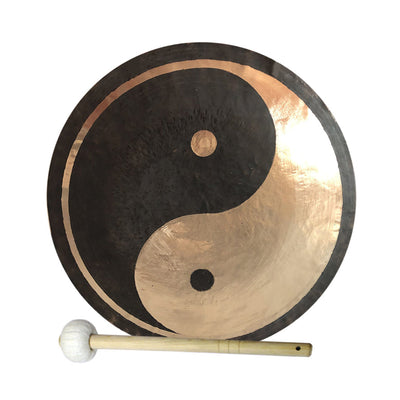
12 to 48 Inch Yin Yang Gong for Sound Bath Practices
$249.90
Deepen your meditation rituals and symbolise ancient balance with this stunning Yin Yang sound healing gong.
Explore Product
The Origins of Yin and Yang
The concept of yin and yang is fundamentally Chinese, with roots stretching back over three thousand years. It is a central pillar of Taoism, a philosophy founded by Laozi, and is foundational to many aspects of Chinese culture, including traditional medicine, martial arts, and Feng Shui. Its ideas were first systemized in the I Ching (The Book of Changes), an ancient divination text. As noted by historians, the philosophy emphasizes that harmony is achieved by balancing the opposing forces within oneself and the environment, a principle that remains profoundly relevant today.
Embrace the Path to Balance
The yin yang is more than just a symbol; it is a timeless guide to living a more harmonious and fulfilling life. By understanding its principles of interconnectedness, dynamic flow, and universal balance, you can begin to see the world—and yourself—in a new light. It teaches us to honor periods of rest as much as periods of action, to find strength in gentleness, and to recognize the light that always exists within the darkness. Embrace this ancient wisdom and start your journey toward a more balanced, centered, and integrated you.
Frequently Asked Questions about Yin Yang
The meaning of yin and yang is centered on the idea of universal balance. It represents a fundamental concept in Chinese philosophy that all things exist as inseparable and complementary opposites, such as light and dark, male and female, or active and passive. They are not in conflict but in a dynamic, harmonious balance.
In yin yang philosophy, yin is associated with feminine energy. It embodies qualities such as passivity, intuition, nurturing, and darkness. Yang, conversely, is associated with masculine energy, representing activity, logic, strength, and light.
Yin is the dark part of the symbol, represented by the black swirl. It symbolizes night, coolness, and introspection. Yang is the light part, represented by the white swirl, symbolizing day, warmth, and outward energy.
Neither. Yin and yang are not about positive versus negative or good versus evil. They are neutral, complementary forces that are both necessary for harmony. The philosophy teaches that balance, not the victory of one side, is the ideal state.
The concept of yin and yang is fundamentally Chinese. It is a cornerstone of Taoism and has influenced Chinese culture for thousands of years, appearing in medicine, philosophy, and art. While it has spread and been adopted by other cultures, including Japan, its origins are firmly in ancient China.

